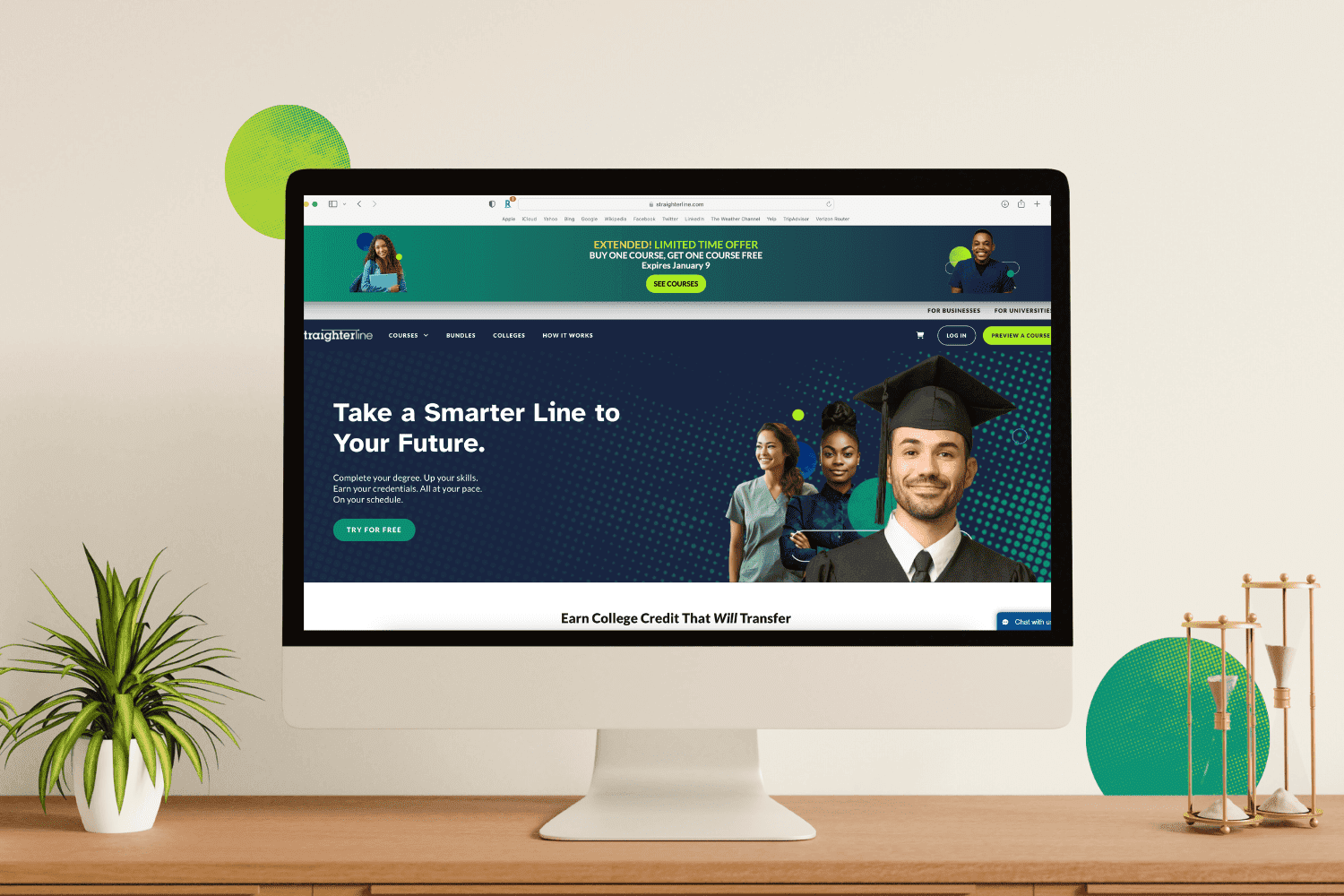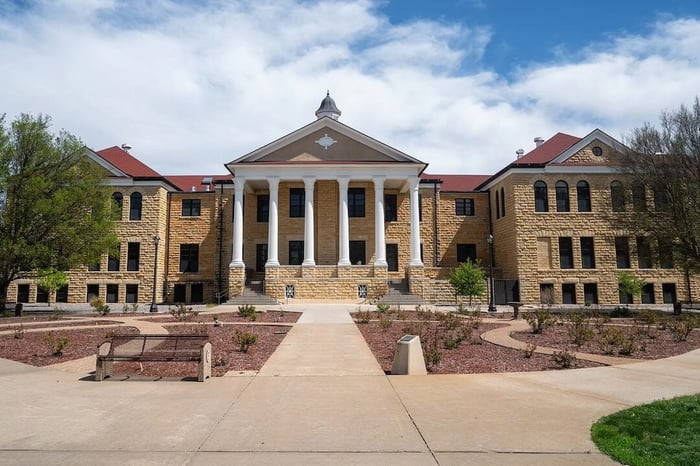Though the concept of digital education has existed for more than 30 years, and today 30% of college students have taken at least one distance course, the pricing model for online learning remains largely unchanged. As New America's Kevin Carey pointed out in his widely-discussed article, the cost of tuition for most online for-credit courses offered by colleges and universities is still comparable to in-person classes—even though they cost significantly less to produce.
Are colleges missing an opportunity to use online education as a means for increasing access to their programs? What role should online ed play in driving down the costs of postsecondary education? These were among the questions posed to panelists at an Inside Higher Ed conference hosted in Baltimore last month.
The panel discussion, featured in an Inside Higher Ed article, brought together some of the leading practitioners in the digital learning space, including StraighterLine founder and CEO Burck Smith.
As a college readiness and student success company, StraighterLine has been offering highly affordable online courses to students “years before it was in vogue,” Inside Higher Ed notes. Now, Smith explained, colleges and universities are catching up, with more beginning to price online programs lower than their brick-and-mortar counterparts.
Smith conceded that though institutions may have historically been hesitant to lower tuition costs for online programs "because that has a negative market signal," colleges and universities are now learning that there are ways to lower the financial burden for students without formally cutting costs.
"You can set up better degree pathways, since reducing risk upon entry is another way of reducing the effective price,” Smith said. “You can be consistent around fee structure, or lock in tuition. Most likely those are the tools that will get used rather than direct price reduction."
By partnering with StraighterLine, for example, more than 130 colleges and universities are using online education as a way to retain and re-enroll students who otherwise may have abandoned higher education all together.
By offering low-cost StraighterLine courses that have a direct credit transfer pathway to their degree institution, colleges effectively save their students’ money without directly lowering their own tuition prices.The other panelists — some of whom expressed less confidence that online course prices will fall in the near future — included Michelle Marks, vice president for academic innovation and new ventures at George Mason University; University of Maryland President Javier Miyares; and Don Kilburn, president of UMass Online and former president of Pearson North America.
“There are a number of institutional pressures that may not allow you to price them less. You may not want to cannibalize your on-ground programs, or legislators may stop you," Kilburn said.
Still, if higher education follows in the footsteps of all other industries, there’s only one way for prices to go, according to Smith.
"Every other market’s been transformed by online delivery," he said. "When the cost structure of a big chunk of the model changes, it doesn’t just change that part. There's a nest of cross-subsidies internally, and external subsidies.
"We're struggling in fits and starts to figure all that out," he said, "but it is happening."
Create Low-cost Readiness and Degree Pathway Programs with StraighterLine
StraighterLine partners with colleges and universities to create their own low-cost readiness and degree pathway programs under their own brands. By leveraging our course platform and technology enabled services, our partner schools are able to quickly create their own competency-based pathway programs for students who need flexible course schedules, inexpensive courses, or simply need to get back on track with their education.











